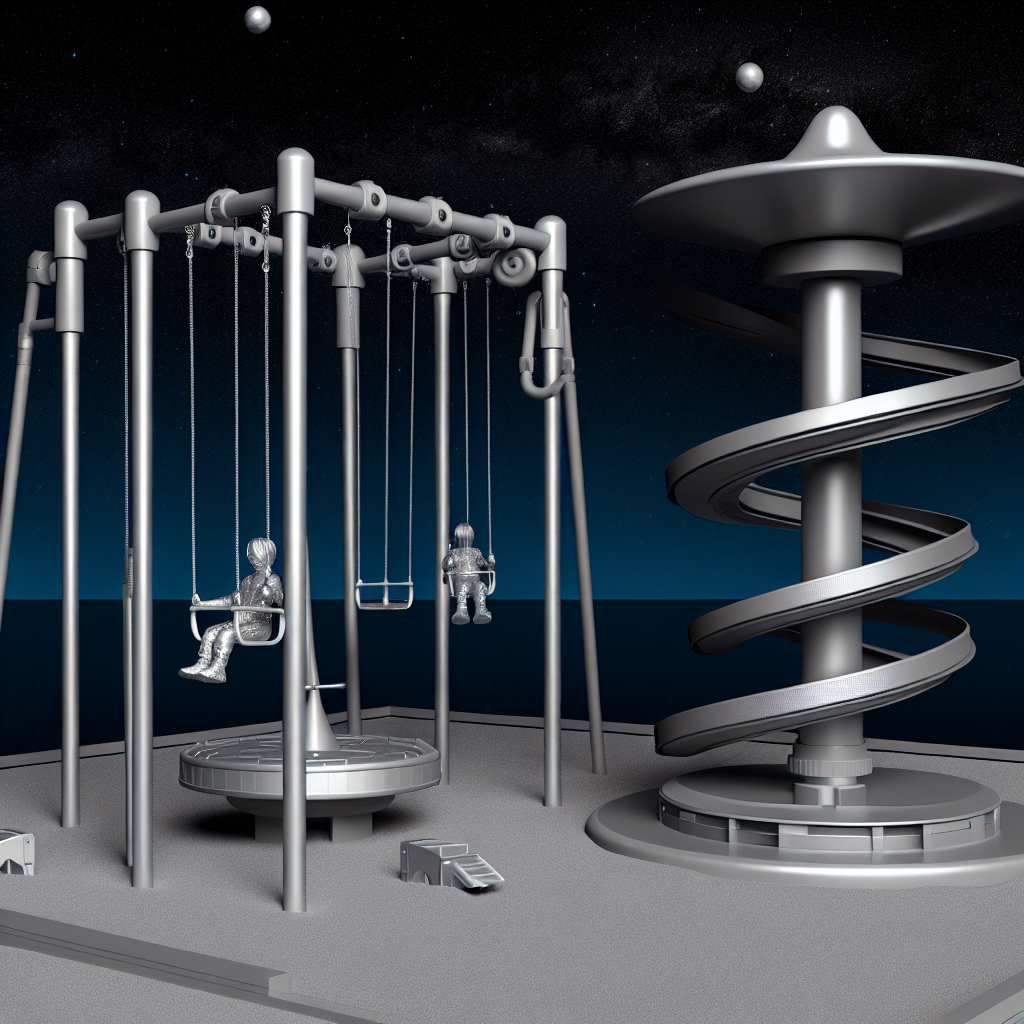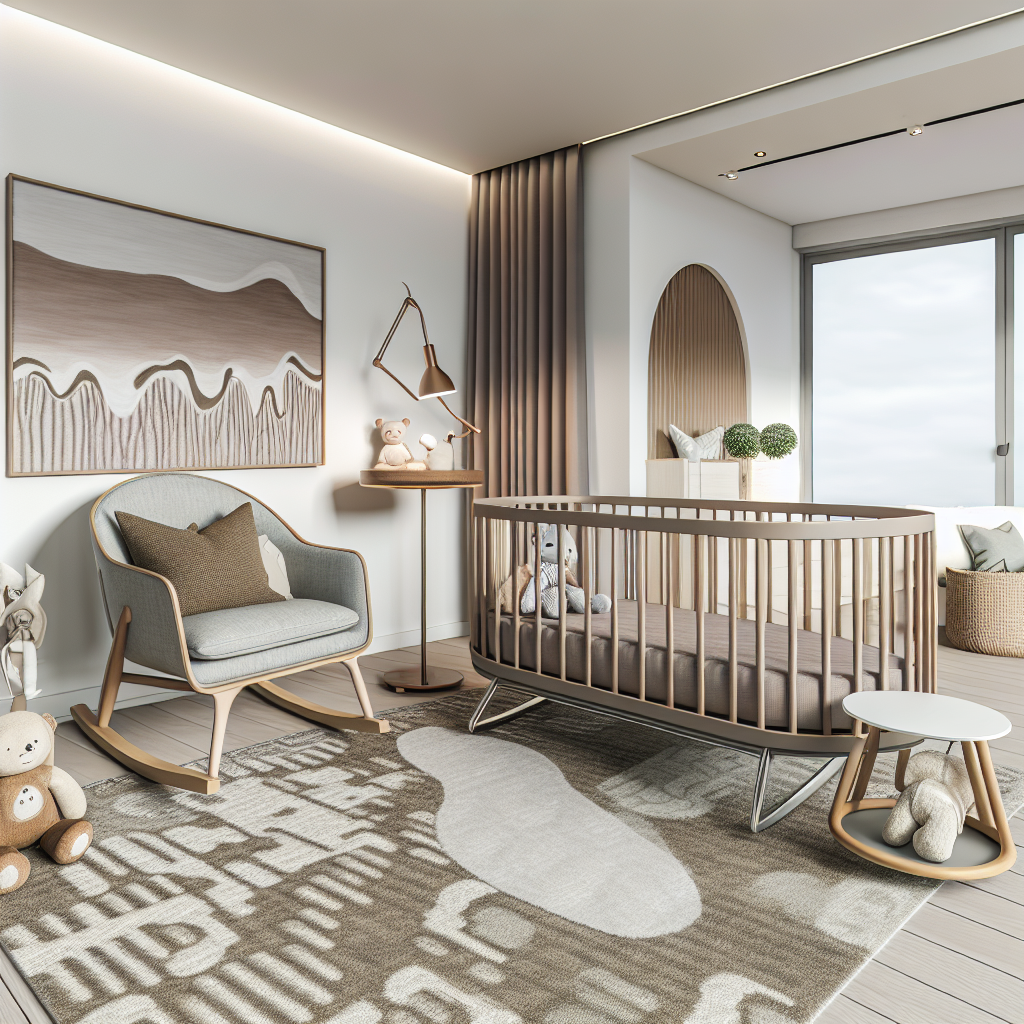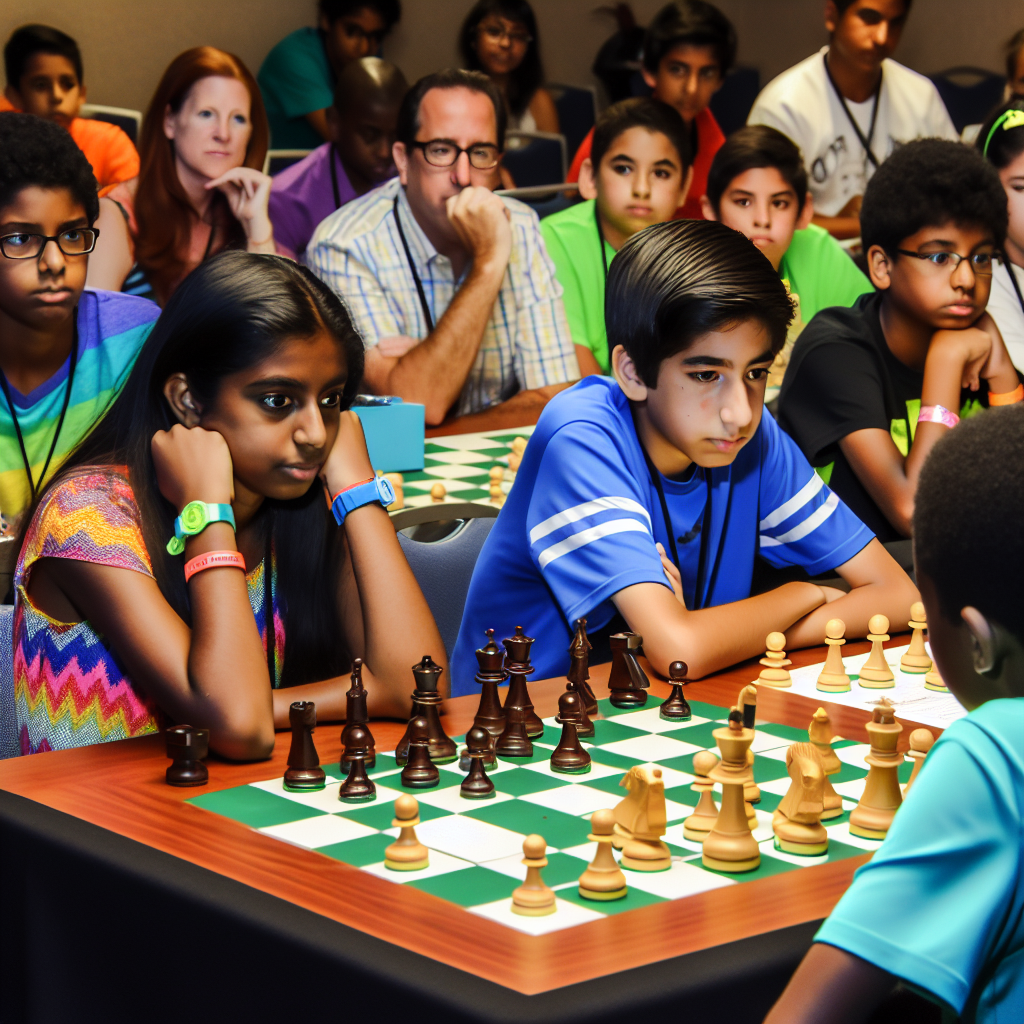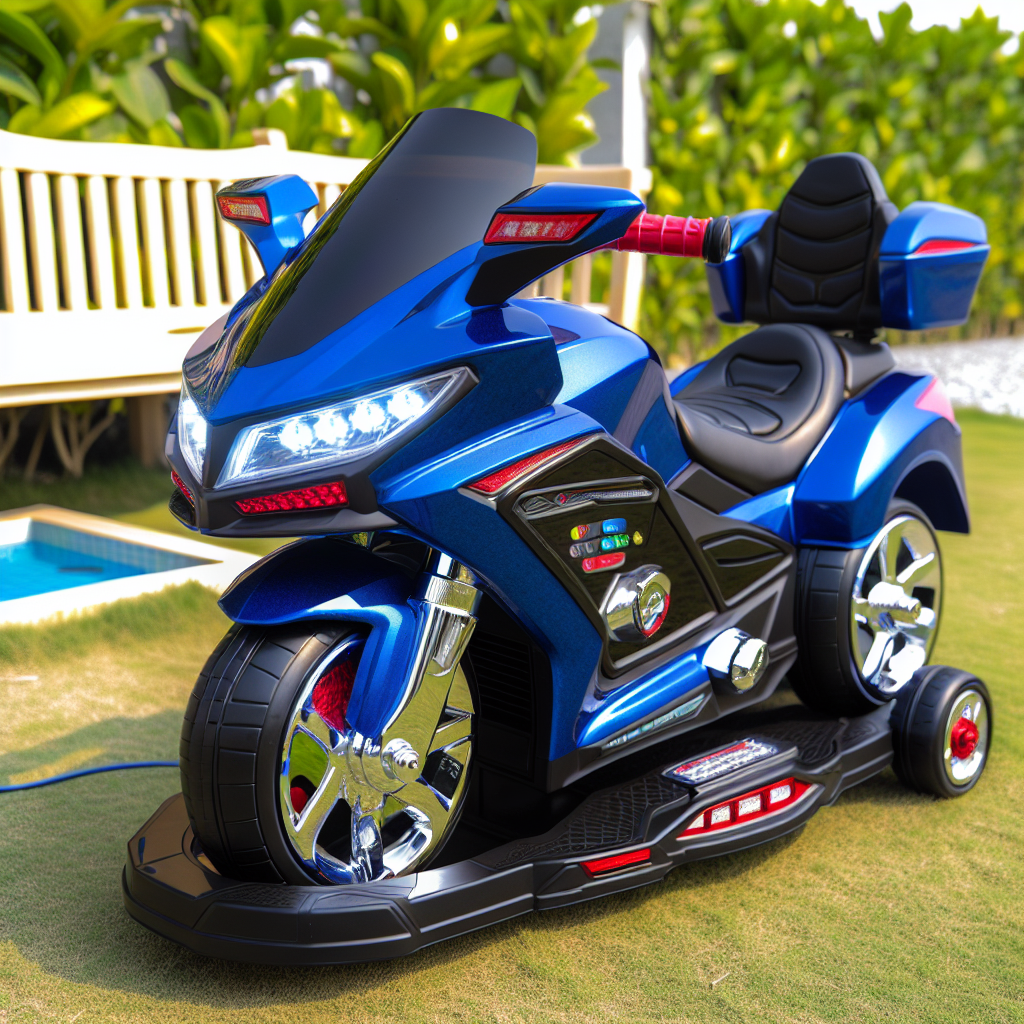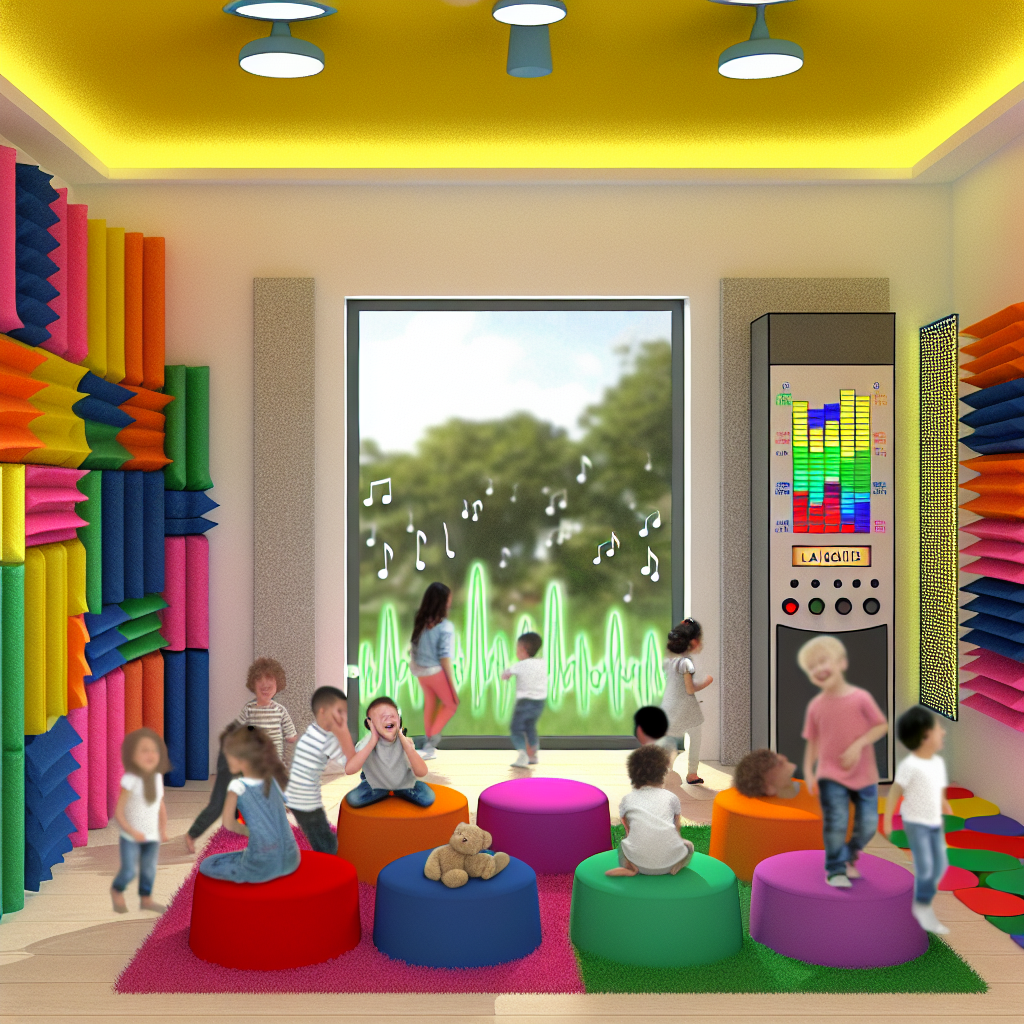Gravity-Adjusted Play Equipment: Space Technology in Premium Playground Design
The Future of Play: Where Luxury Meets Space-Age Innovation
In today’s era of luxury parenting, where lifestyle and child development intersect like never before, the concept of the playground is undergoing a profound transformation. It’s no longer enough to have standard swings and basic slides—modern play is evolving into an intentional, tech-enhanced experience, driven by neuroscience, biomechanics, and space-age technology.
Gravity-adjusted play equipment is the latest innovation at the intersection of aerospace design and elite childhood development. Inspired by astronaut training modules and state-of-the-art biomechanics, these futuristic playgrounds introduce engineered systems that simulate reduced gravity environments like those on the Moon or Mars. The goal? To replicate the benefits of astronaut neuromuscular conditioning for young, developing bodies in a safe, engaging, child-friendly format.
This equipment doesn’t just entertain—it accelerates physical resilience, cognitive agility, and sensory development. Featuring dynamic resistance mechanisms, adaptive balance systems, and low-impact, high-feedback surfaces, gravity-adjusted playgrounds are reimagining how premium families approach outdoor play.
Why Elite Parents Are Reimagining Playgrounds
The growing popularity of these advanced play structures is driven by the increasing focus among affluent parents on intentional, research-backed child development. More than just cool gadgets, gravity-based playgrounds represent a shift from passive recreation to purposeful play.
Wealthy families are recognizing that traditional playgrounds, though nostalgic, lack many elements necessary for promoting proprioceptive development, vestibular stimulation, and neuro-motor learning. Modern neuroscience and child psychology suggest these faculties are fundamental to cognitive growth and physical confidence.
From multi-axis swings that develop equilibrium to climbing modules that simulate traversing Martian terrain, these elite play environments are being integrated into private homes, international schools, and gated communities—becoming symbols of status and scientific stewardship rolled into one.
Scientifically Engineered for Child Development
At the heart of gravity-adjusted playground design lies cutting-edge research from reputable agencies like NASA’s Human Research Program. Studies have shown that exposure to altered gravity environments improves proprioceptive awareness—how children perceive their body’s position in space—a key component of motor control and spatial orientation.
Additionally, findings from Frontiers in Psychology highlight the role of vestibular stimulation in improving cognitive flexibility, balance, and spatial planning. These elements are skillfully incorporated into gravity-adjusted equipment via rotating structures, multi-directional swings, and balance-enhancing gear.
The European Space Agency’s Education Department further advocates integrating space science concepts into hands-on learning experiences. These principles are echoed in gyroscopic swings and vertical climbing paths, which are often modeled on real astronaut training modules. Designs also reflect inputs from child development specialists and biomechanical engineers to ensure safety, adaptability, and challenge-appropriate complexity.
The American Academy of Pediatrics has long emphasized the foundational impact of active, exploratory play—especially in fostering problem-solving and emotional regulation. Gravity-adjusted play apparatuses align directly with these recommendations, offering rich input while minimizing risks of overexertion or injury thanks to soft-surface technologies and smart resistance design.
From Status Symbol to Scientific Playground: A Future-Facing Investment
While the sleek, modern aesthetics of these playgrounds certainly contribute to their appeal among luxury-minded families, their true value lies in the holistic educational experience they deliver.
Picture a child scrambling through a gravity-modulated climbing sphere; not only are they enhancing core strength and flexibility, but they’re also learning spatial problem-solving and experiencing simulated physics. It’s an outdoor classroom, gymnasium, and imagination arena fused into one.
Parents who prioritize wellness, innovation, and future-readiness aren’t just installing play structures—they’re investing in their children’s full-spectrum development. That’s particularly appealing in an era where screen time is high, and active, critical learning opportunities are increasingly scarce.
In essence, gravity-adjusted playgrounds are redefining what it means to play smart. They’re no longer just places to burn energy—they’re platforms for launching young minds and bodies into new realms of possibility. Expect this innovation to be a growing presence in design-forward homes, progressive education centers, and global resorts focused on the next generation of space-inspired learning.
References
- NASA Human Research Program
- NASA STEM Engagement for Kids
- Frontiers in Psychology: Vestibular Stimulation and Cognitive Development
- European Space Agency Education Programs
- American Academy of Pediatrics: The Power of Play

Dominic E. is a passionate filmmaker navigating the exciting intersection of art and science. By day, he delves into the complexities of the human body as a full-time medical writer, meticulously translating intricate medical concepts into accessible and engaging narratives. By night, he explores the boundless realm of cinematic storytelling, crafting narratives that evoke emotion and challenge perspectives. Film Student and Full-time Medical Writer for ContentVendor.com
